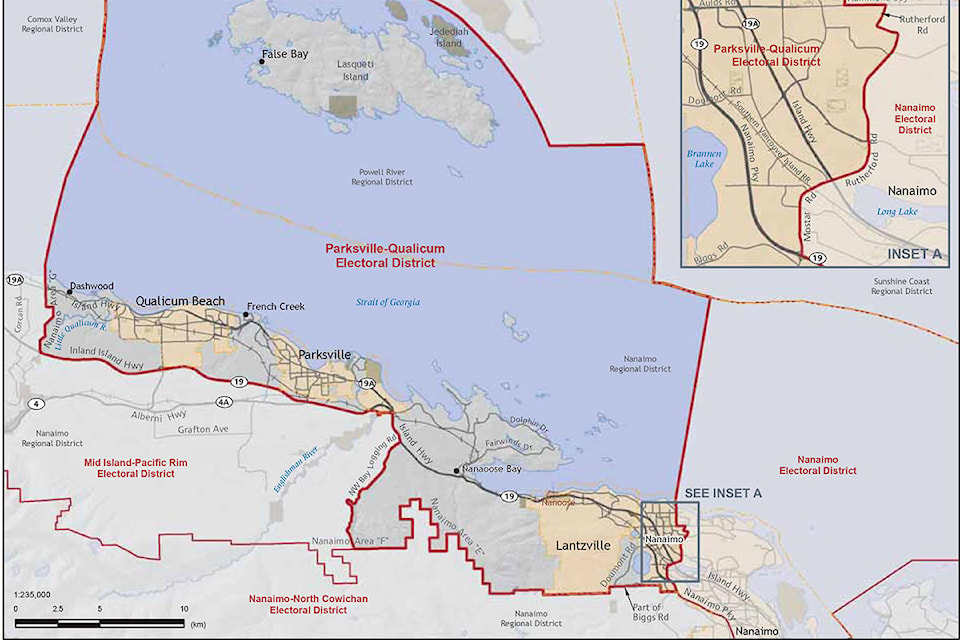It seems we’ve done nothing but watch electoral campaigns for the last few months.
Nanaimo events centre referendum earlier this year. U.S. presidential election last fall. Then on Sunday, French voters rejected the far-right policies of one political leader to elect one with a more-inclusive appeal. It’s heartening to see voters reject the politics of fear; in France, which has faced a series of deadly terrorist attacks in the last five years, you might expect the opposite.
Closer to home, we vote today (May 9) – if you haven’t already – to elect a new provincial government. It might be Clark 2.0, or an NDP government under John Horgan. Or, we could be in a minority situation, with any number of scenarios which will see the Green Party holding the balance of power in the legislature.
Nanaimo will have three MLAs representing the region, which sounds good on paper, but poses logistical challenges not only for reporters covering issues in an election, but also for residents aiming to find a good advocate after the ballots are counted.
The last Electoral Boundary Commission in 2005 suggested minor changes to Nanaimo’s ridings, such as including Vancouver Island University within the Nanaimo riding and moving the boundary for Nanaimo-North Cowichan to Fourth Street. What was once a few neighbourhoods in the north and south unfortunately carved off to bulk up the numbers for more rural ridings has become a major chunk of Nanaimo proper.
Parksville-Qualicum extends as far south into Nanaimo as Mostar Road, with thousands of north Nanaimo voters piled in with Lantzville north to Qualicum. How do candidates reach voters in this riding? They attend multiple events in all three major communities, focusing on a litany of issues in each municipality that may not overlap. Voters see their concerns split among those communities with representatives’ attention divided among competing interests.
The southern riding, Nanaimo-North Cowichan, faces similar issues, but at least it features ‘Nanaimo’ within its title. This riding not only includes Nanaimo south of Fourth Street, Ladysmith and parts of the Cowichan Valley, but also swings around to include territory west of the Nanaimo Parkway, extending north to the Englishman River.
However, all of it might not matter when it comes to the campaign trail. Candidates are heavily vetted prior to nomination and fully briefed and trained to deal with media by the campaign. They stick to the message and party platform to near exclusivity. Regional issues might not factor as heavily into a campaign when all attention is focused on the leaders. It’s after the election, when constituents need help with government services or require an advocate to work on their behalf, that they will face challenges reaching their MLA, particularly if they are unable to afford Internet or telephone access, let alone transportation to an office miles away.
The Electoral Boundaries Commission, a three-person, non-partisan panel, reviews riding borders every eight years for population changes to ensure each MLA represents a similar number of people. I hope that the next commission, set to report for the 2025 provincial election, will find some way to unite the areas of Nanaimo in a more logical way.
Until then, we’ll be on the hustings tonight with reports of results and reaction from three electoral districts available on our website at www.nanaimobulletin.com.
editor@nanaimobulletin.com
